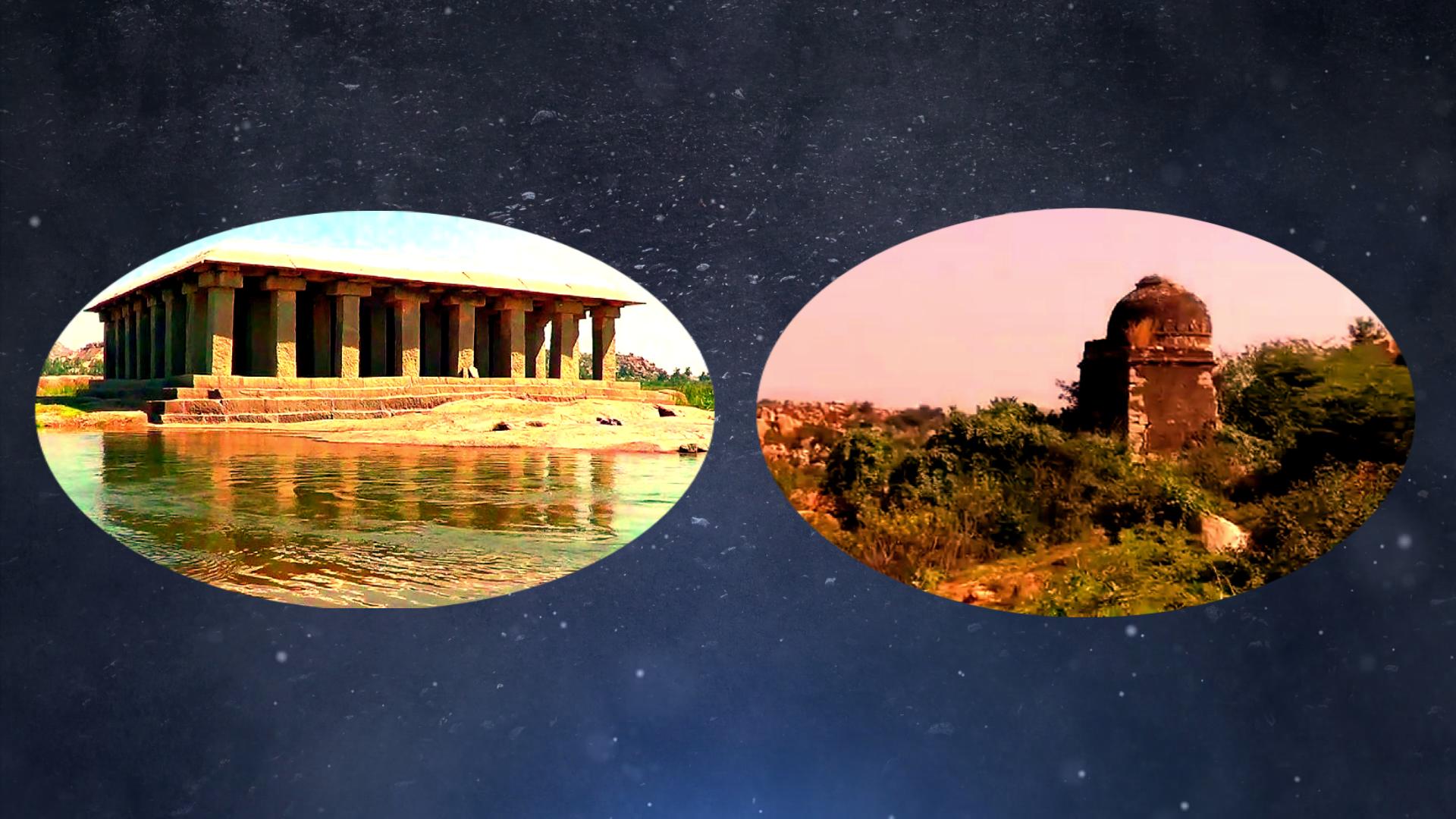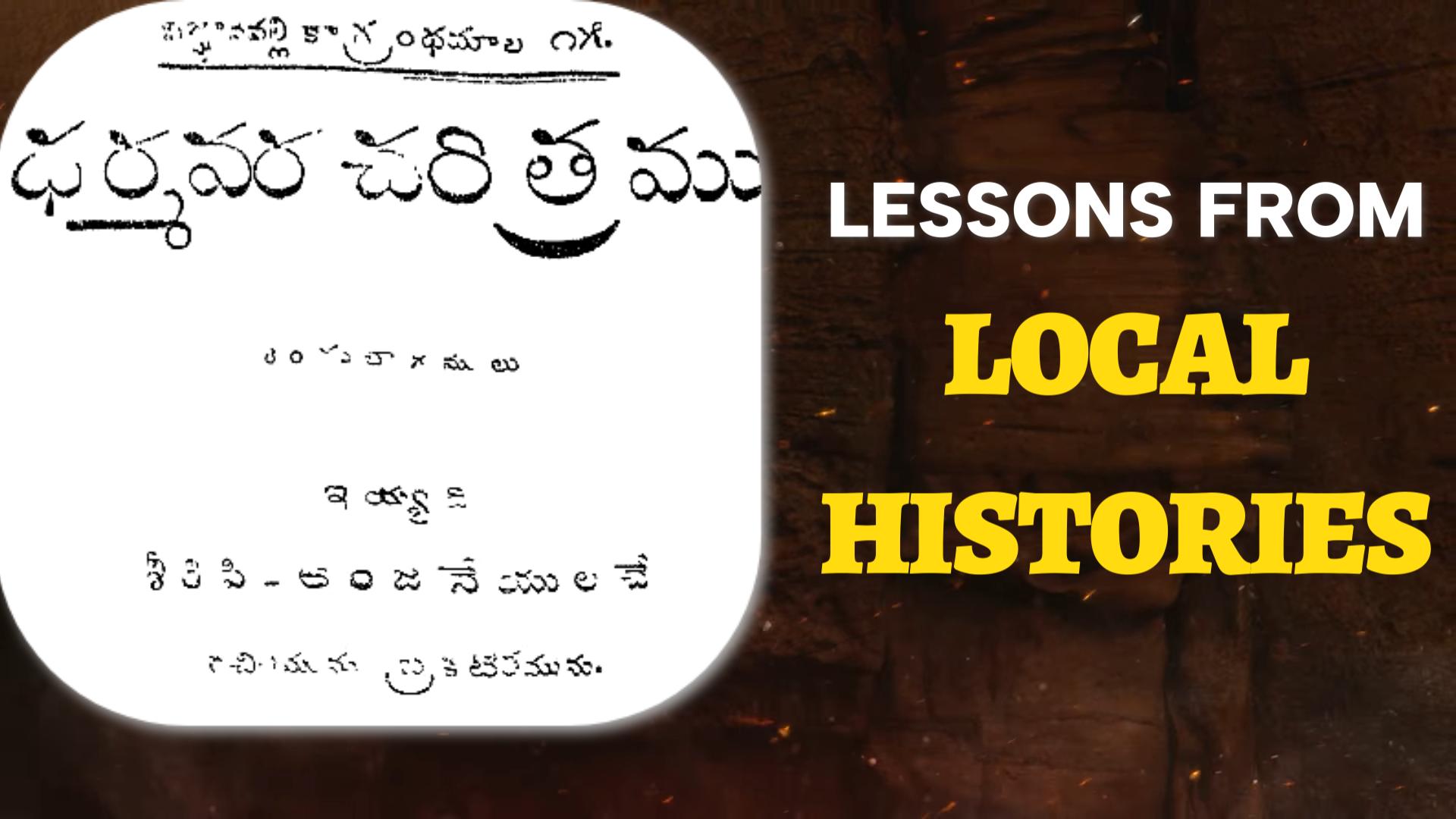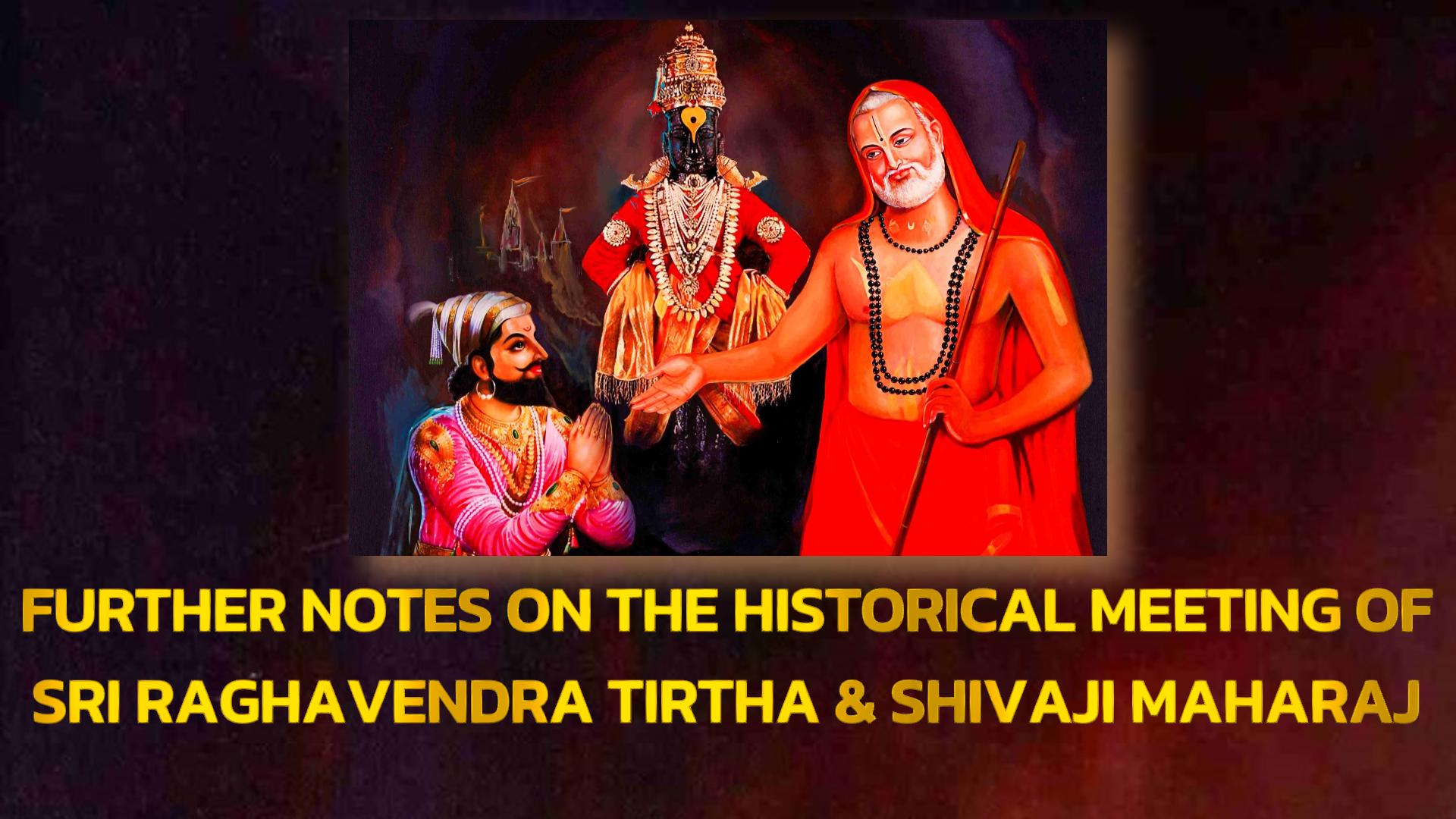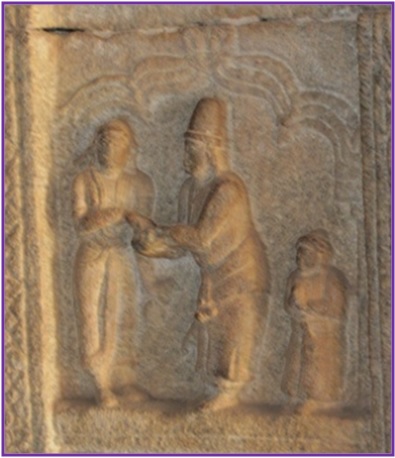Tombs of Krishnadevaraya and Timmarasa – The Facts & Myths
There are many videos floating on social media, particularly in Youtube, that claim to be telling secrets of the ‘graves of Krishnadevaraya and Timmarasa.’


But are these claims true?
Recently, I have uploaded a podcast on Anveshi Channel. It was a Telugu translation of a Kannada article written by Prof. Chidanandamurthy in 2009.
One viewer posted a question in Telugu whose word-to-word translation goes like this – “Where is the real grave of Krishnadevaraya?”

This made me to wonder further as to why there is such a clamour around graves particularly of Krishnaraya?
I probed a bit about this topic within the confinements of the information sources available to me at this moment.
First, let us understand a bit about the dynasties that ruled Vijayanagara Empire and their religious inclinations. Because, this understanding alone can lead us to find the veracity of the claims of the ‘graves.’
VIJAYANAGARA DYNASTIES & THEIR RELIGIOUS BELIEFS
Vijayanagara Empire was ruled by four dynasties – Sangama, Saluva, Tulu and Aravidu.
The first royal family, Sangama, was an ardent adherent of Kalamukha Saivism. This was a branch of an ancient Saivite sect called Pashupata. Kalapaika was another branch of the same Pashupata. You may please read the book “Kapalikas and Kalamukhas – Two Lost Saivite Sects” by David Lorenzen.
The Kalamukha Saiva sect to whose doctrines the Sangama dynasty was adhered to was a dominant sect during the early days of Vijayanagara. This sect was headed by a chief called as Kriyashakti.
This fact is attested by many inscriptions issued by Sangama family to various Kriyashaktis. We can also understand the influence wielded by the Kalamukhis from the writings of Gangadevi (wife of Kampana) and Srinatha (poet laureate of Reddy kings from Andhra).
During the last days of Vijayanagara Empire, this sect got merged into Basavanna’s Virasaivism. Almost all the seats of learning of Kalamukhis such as Balligavi etc. passed in to the hands of Virashaivas.
After Sangama dynasty, Saluva family began its rule over Vijayanagara dominions. Saluvas were adherents of Ramanuja’s Srivaishnavism.
After Saluva, Tulu and Aravidu families followed one after the other and took over reigns of Vijayanagara Empire. These two royal houses also were adherents of Srivaishnavism.
Historical evidences also reveal a fact that Saluva Narasimha and Tuluva Krishnaraya and Achyutaraya were following the teachings of Sri Madhvacharya by becoming disciples of Sri Vyasatirtha.
The biography of Sri Vyasatirtha, Vyasayogi Charitam, stands a contemporary testimony for the above assertion.
From the inscriptions and contemporary literature, we can understand that the coronation of Venkata-II of Aravidy dynasty was performed by a Srivaishnava teacher called Lakshmikumara Tatacharya.
This fact has been presented by Fr. Henry Heras in his book ‘Aravidy Dynasty.’ His sources of information are the letters of Jesuits who were stationed at the court of Venkata-II.
Thus it becomes pretty much clear that Sangamas were followers of Kalamukha aka Virashaiva school of philosophy while the rest three royal houses followed Srivaishnavism and Dvaita schools of philosophy.
TRADITIONS & CUSTOMS OF LAST RITES
Now, let us try to understand how each tradition that the royal families of Vijayanagara followed had specifics about the last rites to be performed to their dead.
Kalamukhis, who are now part of Virashaivism, had preferred burial over cremation. Even today, Virashaivas bury their dead than cremating.
The burials of Kriyashaktis who were the heads of Kalamukha sect during Vijayanagara can still be found in places like Mulbagal. This stands as a testimony for their methods of performing last rites.
This also conveys another fact that both the married and ascetics Saivas were getting burried up on their death.
On the other hand, either in Srivaishnavism or in Dvaita folds, there are two distinct rites prescribed for the married and the ascetics.
In these two traditions, married persons must be cremated through a process called Antyeshti. It is a kind of yagna prescribed in Puranas and Dharma Sashtras as well.
As far as the ascetics are concerned, they must be burried and never should be cremated.
In Dvaita tradition, all the Brindavanas that we see in Uduipi, Mantralayam, Sonda etc. are the burials of the saints after they leave the mortal coil. These structures are called as “Brindavanas.”
I have seen such Brindavanas being erected for Advaita sanyasins also. I saw a few in Kudali.
Similarly, I heard from the reliable sources that Srivaishnava saints also would be burried and not consigned to fire.
Thus we can conclude that if at all any graves/tombs exist for royal houses of Vijayanagara then they must be of Sangama, the first dynasty of Vijayanagara as they have followed an Agamic sect (Kalamukha Saivism).
Because the other three dynasties have followed Vedic schools such as Srivaishnava or Dvaita where the burial is recommended for the saints only and not to the married.
As the kings of Vijayanagara from the last three dynasties were all married they must have been cremated than burried.
Thus the very idea of having a grave for Krishnaraya is wrong.
As per the tradition he must have been cremated as per Srivaishnava or Dvaita rituals but never he could have been burried in a grave.
There is another interesting fact that must be explored by the readers further.
The graves of Sangama family members have not yet been identified by ASI or state Archaeology or by individual researchers.
As said before, if at all any grave of Vijayanagara royals has to exist then it must be from the first royal dynasty of Vijayanagara only. Yet, there is no such grave/tomb found so far.
EVIDENCES FOR THE CREMATION OF VIJAYANAGARA RULERS
We can get to know about the last rites that Aravidu dynasty followed from Fr. Henry Heras.
In his “Aravidu Dynasty”, Heras quotes the letters of Portuguese and Spanish Jesuites who were stationed in the court of Venkata-II.
He thus writes:
“Consequently we may safely affirm that Venkata-II died about the middle of October, 1614. He died most likely in his palace of Vellore where he resided. According to Barradas he was then sixty seven years old.
His body was burned in his own garden with sweet-scented woods, sandal, aloes and such like and immediately afterwards three queens burned themselves one of whom was of the same age as the king and other two aged thrity five years. They showed great courage […] and arriving at the funeral pyre they took leave of all, mounted on to a lofty place, and threw themselves into the middle of the fire, which was great. Thus they passed into enternity.”

From this we can deduce that Venkata-II’s mortal remains have been consigned to fire and not burried. Three of his four wives have committed Sati by throwing themselves into the burning pyre of their departed husband.
Thus being the eyewitness accounts from the early 17th century, we can apply the same customs to be prevailed since late 15th century when the first Srivaishavite royal family, Saluva dynasty, began to rule Vijayanagara.
TOMB OF TIMMARASA/TIMMARUSU AT PENUGONDA
The same view holds good for Prime Minister Timmarasa as well.
Timmarasa was a Brahmin by birth and a follower of Srivaishnavism. He was married and had a son, Timma Dandanayaka, who served as a military general under Krishnaraya.
Hence, as per the customs of Srivaishnava tradition, Timmarasa must have been cremated than burried. Hence the so-called Samadhi of him at Penugonda can’t be true.
With all these facts, reasona and assertions I conclude that there are no tombs or graves erected for either Krishnaraya or Timmarasa and any story that talks about them must be treated as a false story.
*****






The exploration is quite logical and convincing. However, how did Krishnaraya die? What was his age at the time of his death? There are stories that Thimmarasa was alive when Krishnadevaraya died and he and Tirumalamba, queen of Raya, were hiding in some forest area and they were able to motivate Ramaraya to become the King under the guidance of Sri Vadiraja, one of the most revered pontiffs of Sonda Mutt near Sirsi.